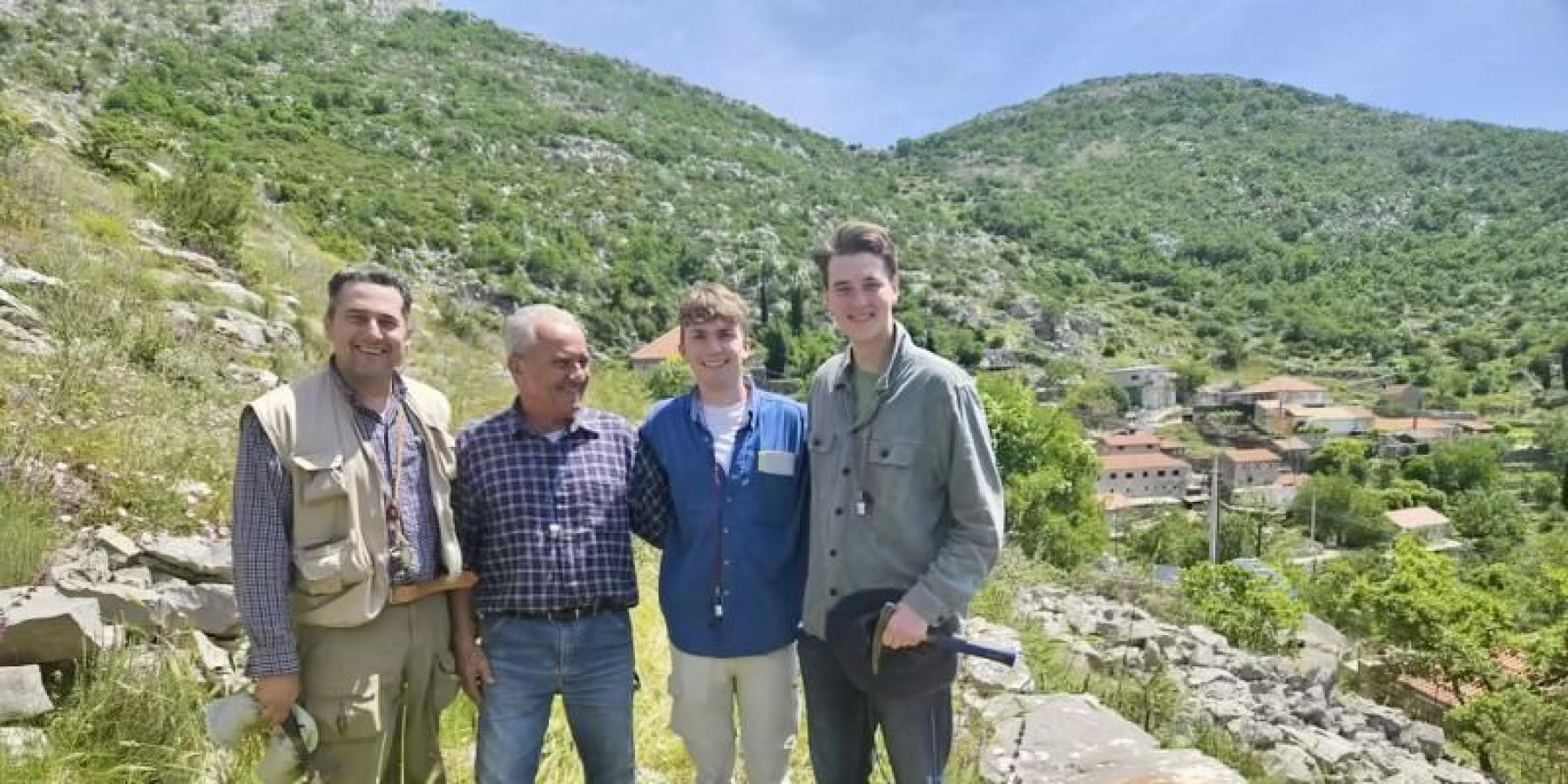
Support
The Early Jurassic Toarcian anoxic event (TOAE), also known as the Jenkyns event (~183 Mya), was one of the major Mesozoic episodes of global warming and carbon cycle perturbation that affected both oceanic and terrestrial environments. Here, we provide an example of how a shallow-marine carbonate platform setting responded to the global anoxia and its aftermath. The ~170 meters thick Toarcian-Lower Aalenian section of the Adriatic carbonate platform, Croatia, was logged bed-by-bed to track the changes in facies and major grains, facies stacking, sequences, and potential sea-level changes.
Oncoids are the dominant grains in the Toarcian part of the succession, where shallowing-upward parasequences (typical thickness ~1.5 m) commonly include a basal, burrow-mottled oncoid-peloid wacke-packstone (foreshoal/outer ramp), which is overlain by peloid packstone-grainstone (restricted and shallow high-energy subtidal), and capped by oncoid packstone-grainstone and rudstone (moderate- to high energy shallow subtidal). Oncoids and peloids dominate in the basal Aalenian part of the succession, with parasequences commonly showing a shallowing-upward trend from burrowed peloid mudstone-wackestone (outer ramp) to oncoid-peloid grainstone to rudstone (high-energy subtidal, foreshoal). The overlying non-cyclic Lower Aalenian succession is made up of thick-bedded and locally fenestral ooid-peloid grainstone (ooid-peloid sand sheets).
The abundance of oncoids in a range of settings around the Toarcian-Aalenian boundary is suggestive of recurring episodes of microbial blooms and lowered water oxygenation on the platform, likely triggered by global warming and the associated Jenkyns event. The facies and parasequence shift recorded from the late Toarcian through the Early Aalenian is indicative of an overall shallowing-upward trend, which coincides with cooling that followed the warm Toarcian OAE. The cooling, and the associated sea-level fall, resulted in the shallow waters being able to absorb more oxygen, leading to a shift from oncoid- toward ooid-peloid grainstone facies on a flat-topped platform.

